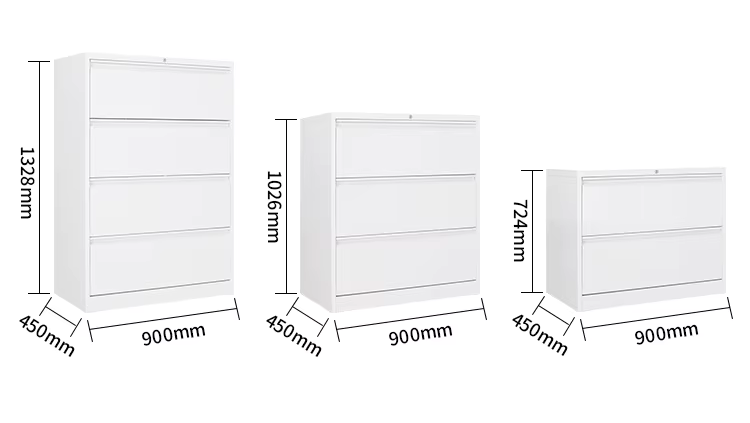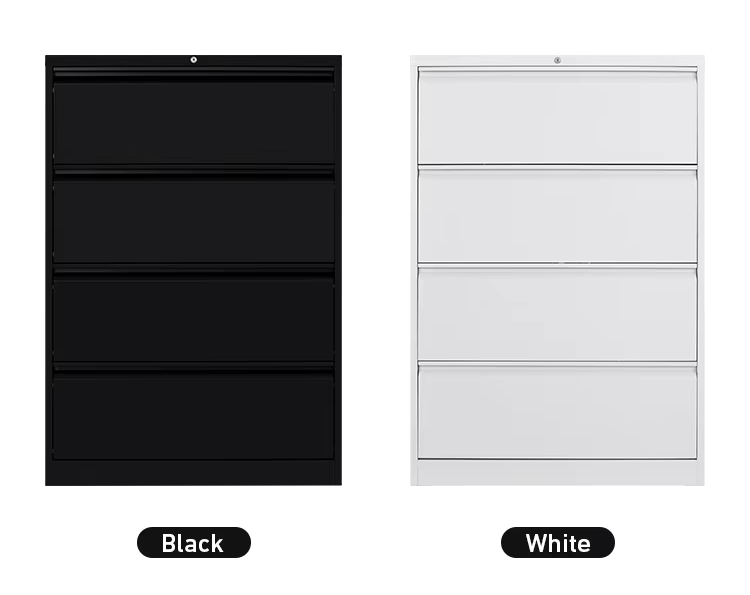Decorating our workspace, file cabinet furniture is important for efficiency, beauty and function. In a home office or enterprise environment, these storage solutions need to meet your requirements in terms of design, durability and space optimization. Key factors, material selection, environmental adaptation and use scenarios are explored here to help you make an informed decision.
Table of Contents
ToggleKey Features of File Cabinet Furniture
1.Durability and Material Quality
The material of the file cabinet furniture will affect its service life and performance. Common options include:
Metal: Ideal for heavy-duty use, offering fire resistance and security.
Wood: Adds warmth to traditional or home offices but requires maintenance.
Plastic/Laminate: Lightweight and budget-friendly for casual settings.
Choose materials that match your workload. For example, steel cabinets suit high-traffic offices, while wooden units enhance cozy home workspaces.
2.Design and Space Efficiency
Modern file cabinet furniture comes in vertical, lateral, and modular designs. Consider:
Vertical Cabinets: Save floor space in compact areas.
Lateral Units: Provide wider storage for easy document access.
Mobile Cabinets: Offer flexibility for dynamic workspaces.
Measure your room dimensions and prioritize ergonomic layouts to avoid clutter.

Matching File Cabinet Furniture to Your Environment
1.Office Settings
In corporate environments, security and scalability are paramount. Look for:
Locking mechanisms to protect sensitive files.
Stackable designs to expand storage as needed.
Neutral colors (e.g., gray, black) for a professional aesthetic.
2. Home Offices
For home workspaces, blend functionality with style:
Opt for wood finishes that complement home decor.
Compact, rolling cabinets maximize small spaces.
Multi-purpose designs (e.g., cabinets with built-in desks).
3. Industrial or shared Spaces
In warehouses or co-working areas, give priority to robustness:
Powder-coated steel to prevent scratches and moisture.
Open shelves for quick access to common items.
Critical Factors for Long-Term Use
1. Weight Capacity and Safety
Ensure cabinets can handle your storage load. Overloading flimsy units risks damage or accidents. Check:
Weight ratings listed by manufacturers.
Anti-tip features for tall cabinets.
2. Go green
Sustainable materials, recycled steel or FSC-certified wood, reduce environmental impact. Low volatile organic compound coatings are also available to improve indoor air quality.
3. Budget and Value
Balance upfront costs with long-term benefits. A high-quality metal cabinet might cost more initially but outlast cheaper alternatives.

Ideal Use Cases for File Cabinet Furniture
1. Legal and Medical Offices
Secure, fireproof cabinets are essential for storing confidential records. Look for HIPAA-compliant designs in healthcare settings.
2. Creative Studios
Open shelving or glass-front cabinets showcase portfolios or supplies while keeping them accessible.
3. Educational Institutions
Durable, lockable units protect student records and equipment in schools or universities.
Conclusion
The right file cabinet furniture needs to be evaluated for your use environment, workflow and aesthetic preferences. Choose a durable material, steel that you often use or polished wood for your home office. Measure your space and consider future storage needs, avoiding frequent replacement. By balancing function, design, and budget, you’ll find solutions that simplify your organization and enhance your workspace.







